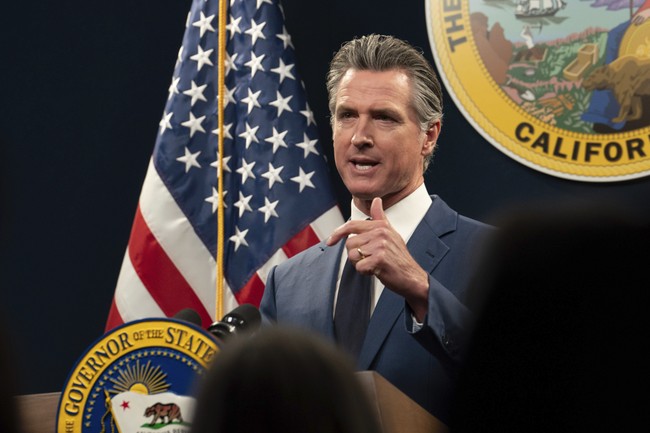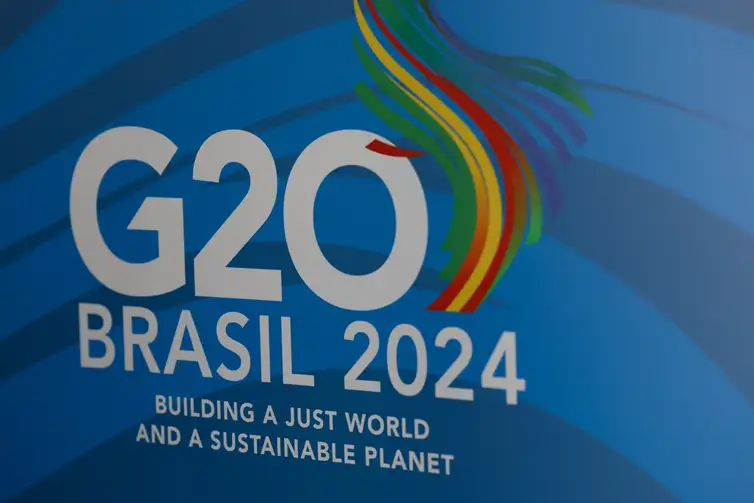Insights into the US Labor Market's Resilience
As US job openings hit a three-year low, the labor market retains its vigor, balancing economic growth with inflation concerns.
Published June 05, 2024 - 00:06am

Image recovered from bostonglobe.com
The US job market remains a focal point of economic discourse as recent data indicates a shift in the dynamics of America's labor force. Job openings have descended to around 8.1 million, the lowest since early 2021, as per reports from multiple outlets including The Boston Globe, Washington Examiner, and Reuters. This dip might suggest an impending softening of the labor market, yet the capacity for hiring continues to illustrate resilience.
Economists are keenly observing the Federal Reserve's maneuvers as interest rate hikes, introduced to manage inflation, have not yet resulted in a dramatic curb in employment, contrary to expectations. The maintenance of a steady course of job additions, averaging 234,000 new positions per month over the last year, contradicts the anticipated surge in unemployment that often follows higher borrowing costs. The sustained demand for labor is substantiated by the historically significant stretch—an anticipated 28th consecutive month—of an unemployment rate remaining under 4%.
Despite a deceleration in economic growth to a 1.3% annual rate in the first quarter, the job market's endurance mirrors the robust period of the early 1950s. Consumer spending, albeit at a tempered rate, continues to buoy economic activity. This scenario has placed the Fed in a delicate balancing act, delaying interest rate cuts that could have stimulated the economy more robustly.
The reduction in job openings, while signaling a possible easement of the heated job market, also aligns with the Fed's objectives. A gradual normalization in job openings could ameliorate wage-related inflationary pressures without significantly undermining employment levels. As the economy strides towards a pre-pandemic equilibrium, the labor market serves as a critical barometer, reflecting a trajectory of modest cooling which could potentially influence future policy adjustments.
A deeper dive into field-specific trends reveals significant variances. Healthcare and state and local government education have faced notable drops in job openings. Meanwhile, indicators such as the ratio of job openings to job-seekers suggest a realignment closer to pre-pandemic ratios. Opinions from economists like Julia Pollak from ZipRecruiter and Jason Furman, former chair of the White House Council of Economic Advisers, suggest a more competitive, yet sustainable labor market that gracefully oscillates towards its former self, presenting a relatively favorable scenario for job seekers.
Financial markets anticipate the Federal Reserve's forthcoming moves, with expectations of a rate cut potentially in September. As the labor market continues to recalibrate, this intricate dance between economic growth, a competitive employment landscape, and inflation remains center stage, capturing the attention of economists, policymakers, and the public alike.
The recent developments in the US job market are indicative of an economy that is navigating through a complex environment. The Federal Reserve's hawkish stance on interest rates has been instrumental in shaping the current landscape. By increasing the cost of borrowing, the Fed is attempting to cool off rising prices and prevent the economy from overheating – a move that has historically led to a reduction in job openings as businesses adjust to higher capital costs.
Yet, the resilience of the job market has some analysts pondering over the strength of the underlying economy. The tight labor market, with job openings outnumbering the unemployed, suggests that employers are still in need of workers to sustain output levels. This is a striking contrast to usual economic cycles where increased interest rates tend to promptly cool job markets along with the economy. Instead, employers are holding onto staff, a move that could indicate their confidence in the long-term sustainability of the current economic expansion.
On the other hand, the looming threat of inflation remains a concern. The Consumer Price Index (CPI), a key measure of inflation, has been rising, prompting the Fed to maintain its current monetary policy. Inflationary pressures can erode purchasing power, impacting consumer behavior and potentially curtailing economic growth. To this end, a moderated pace of job openings could help prevent wage inflation from spiraling, contributing to overall price stability.
Regional disparities also paint a nuanced picture of the job market. Some areas have experienced a stronger downturn in job openings, particularly those heavily reliant on industries more sensitive to interest rate changes, such as manufacturing and construction. In contrast, tech hubs and financial centers have fared better, with demand for skilled labor maintaining momentum amid the broader economic slowdown.
The impact of technology and automation is another facet of the labor market worth considering. Advancements in these areas have been steadily reshaping the workforce, leading to a displacement of jobs in certain sectors while creating new opportunities in others. This dynamic shift compels a closer look at the types of jobs being offered and the skills required to fill them, which may not align with the existing labor force's capabilities.
Moreover, the demographic shifts brought on by an aging population have significant implications for the labor market. Baby boomers are retiring in droves, opening up positions that might not be easily filled. This generational transition is set to reshape the labor landscape, with employers potentially struggling to replace the institutional knowledge and experience that are departing with this cohort.
Immigration policy also plays a crucial role in the labor market composition. Changes in policy can influence the availability of workers in various industries, particularly those that have traditionally relied on immigrant labor. The tech sector, for example, closely watches visa regulations that could affect the international talent pool critical for its growth.
The unique interplay of these factors makes it clear that the US job market is not moving in a uniform direction. As policymakers and analysts monitor these developments, it becomes increasingly evident that a comprehensive understanding of the labor market's current state requires an assessment that goes beyond traditional economic indicators. This holistic approach will enable a more targeted response capable of addressing the multifacet dynamics at play.
Indeed, for those on Main Street, the state of the job market translates directly to the well-being of American households. Job stability and the capacity to earn a living wage are fundamental to the health of the economy. As such, the ongoing recalibration of the labor market will continue to garner interest, shaping not only the narrative of the US economic outlook but also the financial security and prosperity of its citizens.







